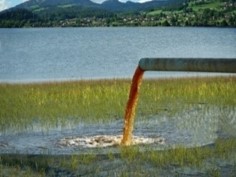Billion year sedimentation
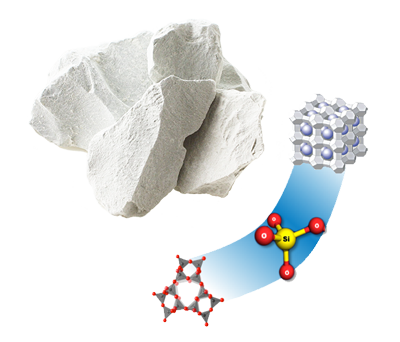
Zeolite is an emerging mineral resource in the world today. In 1756, Swedish mineralogist Kronstede brought the beautifully shaped white transparent crystals produced in almond pores of Icelandic basalt to the laboratory. During blow tube analysis and heating, there was a noticeable bubbling phenomenon, hence the name Zeolite (Greek Zeo=Boil=Stone, Lite=stone), which means boiling stone, abbreviated as zeolite.
Zeolite is a hydrated aluminum silicate mineral of alkali metal or alkali earth metal. Its interior is filled with tiny pores and channels, much more complex than a honeycomb, with 1 cubic micron containing 1 million nanoscale pores!
Zeolite has a huge specific surface area, and the surface area of 1g of modified zeolite powder is equivalent to the area of a football field.
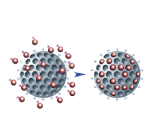

Zeolite has a large number of pores and channels, giving it a special physical structure. Zeolite has a large specific surface area, coupled with a special crystal structure, which forms electrostatic attraction, giving it a relatively large stress field and strong adsorption performance.
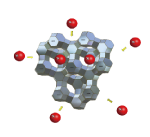

Cations such as K+, N a+, and Ca2+in zeolite do not bind tightly to the crystal lattice and exhibit reversible exchange properties with other cations in aqueous solutions. Therefore, zeolite has the ability to easily exchange with surrounding cations.
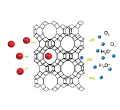

The catalytic performance of zeolite is characterized by an accelerated reaction rate when a certain reactant is attached to the surface of the pores inside the zeolite crystal, and the reaction products can be diffused and released from within the zeolite, while the zeolite crystal lattice is not damaged.
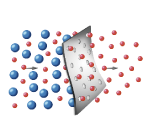

Under physical and chemical conditions, the internal pores and channels of zeolite have a precise and stable structure with a fixed diameter. Substances smaller than this diameter can be adsorbed by it, while substances larger than this diameter are excluded, thus having the function of screening molecules.


Zeolite reacts with strong acids at temperatures below 100 ℃ for 2 hours without damaging its crystal structure; Zeolite can maintain stability in aqua regia.


